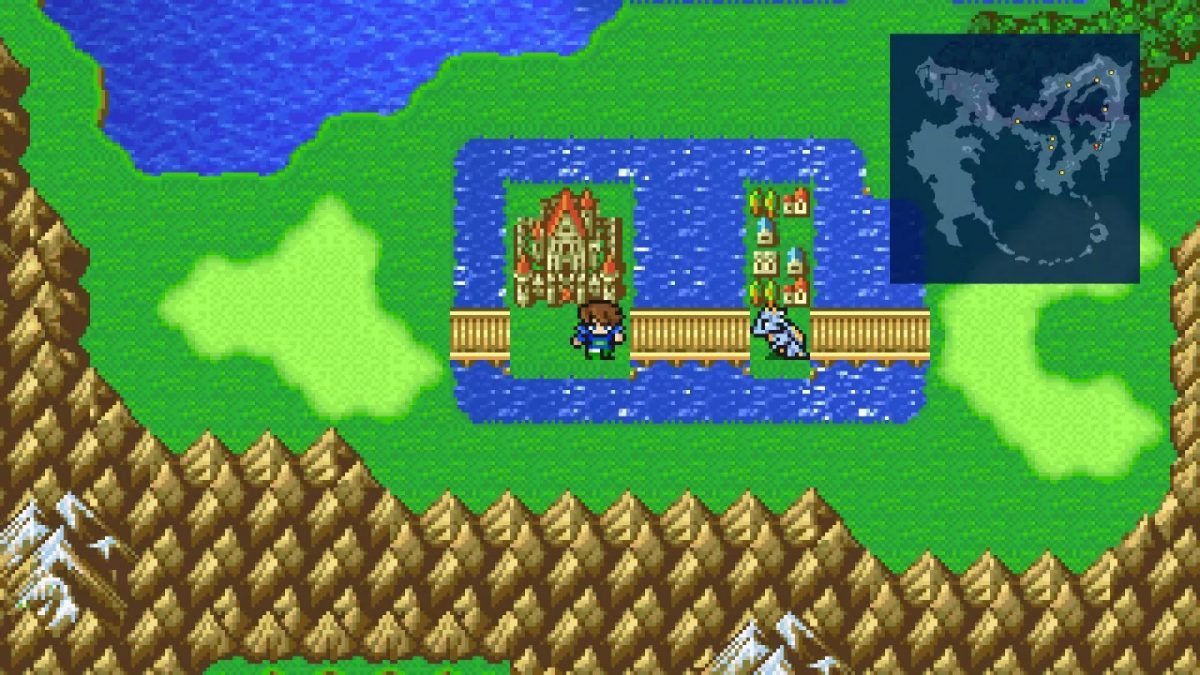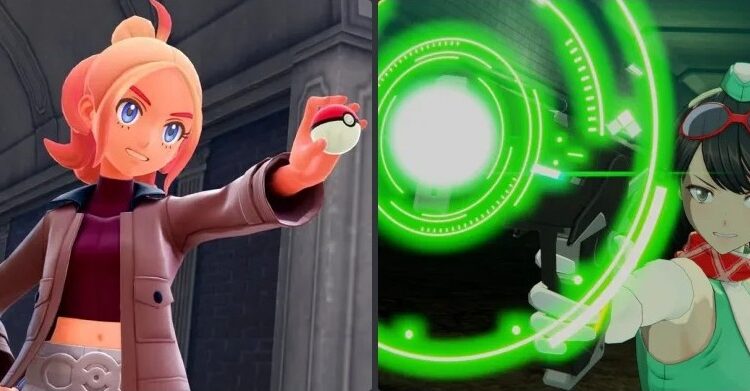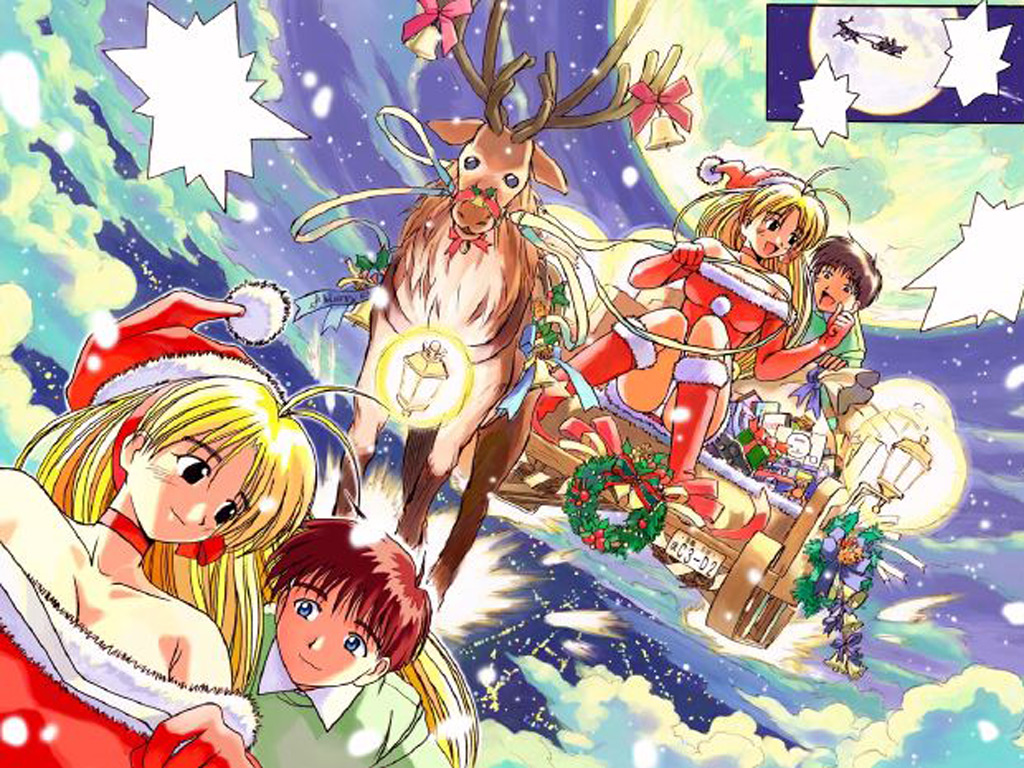Final Fantasy V is a peculiar title because it is easily the most overlooked one in the whole series. There’s a number of reasons for this. It might have to do with where it falls in the series’ linage. It came out right after Final Fantasy IV and was followed by Final Fantasy VI — two of the most iconic and well-aged games in the franchise some 30 years later. The plot was too similar to previous games. Many game mechanics were already seen in other games, just with a fresh coat of polish.
Ultimately, I feel Final Fantasy V is often overlooked because, although it did impact the series going forward, it wasn’t to the same level as the other titles. The game’s characters, Bartz and Exdeath, are the only two from this game that anyone immediately recognizes (mostly likely credited to their appearance in the Final Fantasy Dissidia sub-series). It’s arguably possible that Gilgamesh, an in-game boss, is a better example of future impact with how often he has been recycled — reappearing in several future titles as a hidden boss or even a summon.
Today we’re looking at the Pixel Remaster of Final Fantasy V and comparing it to previous remasters and remakes.
![]()
Gameplay and Music
Final Fantasy V marked the return of the Job System we previously saw in Final Fantasy III, with a few added surprises that would go on to impact Final Fantasy XI. In this game, jobs leveled up alongside characters’ main levels to unlock new abilities and can then be linked as sub-commands. This way, players can mix and match job abilities to create a dark knight with healing magic or a black mage who can steal. In addition, Final Fantasy V also introduced the fourth spell caster class: blue mage. By defeating certain enemies, players could obtain monsters’ abilities and use them in future battles. Other than that, the gameplay is as straightforward as it was in Final Fantasy IV using the Active Time Battle system.
As for the music, Nobuo Uematsu continues his work in rearranging the entire soundtracks for the Pixel Remaster series. Here is a Timelapse sample of Battle of the Big Bridge.
https://www.youtube.com/watch?v=XaaS7NqB2hU
Graphics
When we talked about Final Fantasy IV there was speculation of how much of the game was actually re-pixelated instead of lifted directly from previous remakes of the game. In Final Fantasy V, there is little wiggle room for speculation. Backgrounds have been redrawn to better suit higher resolution and all enemies have been remade.
However, the real treat is the number of visual effects they’ve added to magic spells and environments during cutscenes. While many fire and water effects are not 100% pixel-rendered animations, they move smoothly and suit the game splendidly.
![]()
Story
Following the success of Final Fantasy IV, this game continues its very linear story in a world that doesn’t open up as quickly as previous titles in the series, but that’s not a bad thing. Final Fantasy V’s story is peculiar compared to the previous entries in the series. Following the same pattern as Final Fantasy I, III, and IV, the narrative is centered on a world with four elemental crystals that serve as the cornerstones of world peace. When Exdeath, a long thought-to-be banished force of evil returns to disturb that peace, a band of unlikely heroes join in alliance and are bestowed the blessings of the wind crystal to stop Exdeath‘s conquest for world destruction.
It’s a story we’ve pretty much already played two-and-a-half times, but what makes it different from Final Fantasy I, III, and IV is its brand new world. While Final Fantasy IV is also a linear game, it was more character-focused. Final Fantasy V differs in being world-focused. The characters get their moments as they join the party, and a bit more as the plot unfolds, but the overall vast experience of Final Fantasy V is the expansive world, similar to Final Fantasy III.
Quality of Life and Flaws
Compared to other versions of Final Fantasy V, the pixel remaster is both an upgrade and a downgrade all at once. Previous remakes we saw on the Gameboy Advance featured additional jobs to unlock, as well as a one bonus dungeon with super bosses to challenge players. These have all been removed since the Pixel Remaster is based on the original SNES version.
However, it’s really only four jobs and the Sealed Temple to fight a few super bosses. It’s not as huge of a disappointment when compared to previous titles that lost entire story arcs or nearly a third of the game’s potential content (Final Fantasy I and Final Fantasy IV, in particular). This is the least disappointing of all games stripped down.
![]()
On the plus side, compared to the 2015 remake, this new version is a wave of relief with pixel art that suits the environmental and monster designs equally, without looking so muddy or like bad oil paintings. It’s a welcomed fix to a mistake of art direction that shouldn’t have ever happened to begin with.
A number of enhancements have already been included in the previous Pixel Remaster titles, and they are all still here to make the game a breeze. Auto-save occurs every time you enter a new floor of a dungeon. Job sickness is removed entirely, allowing players to switch their party dynamic anytime without severe consequences. Auto-battle takes care of level grinding. Mini maps help with navigation, making dungeon-crawling laughable.
But don’t expect it to be too easy. While the older games toned down the difficulty of bosses and random encounters, Final Fantasy V Pixel Remaster is relatively the same. You’ll have to keep your party’s jobs just as well planned as in the original. With the removal of job sickness, that won’t be too much of an issue. You’ll be able to switch jobs as often as you like without fear of any consequence or grinding battles to build up characters to their normal potential.

Is it Worth It?
The short answer: Yes! It, in fact, is. Long time fans and challenge seekers might be a bit disappointed by the removal of the Sealed Temple and all the hidden bosses and jobs within it, but the improvements made from the base game, and especially the visual glow-up compared to the 2015 version more than makes up for it, I feel. The addition of the visual enhancements, newly rearranged soundtrack, and overhauled dungeon crawling mechanics make it a smooth ride that is more about trial and error instead of intense planning. It’s a pleasant release and by far the most enjoyable so far in this Pixel Remaster collection.
Final Fantasy V Pixel Remaster is available now on mobile devices and Steam.















